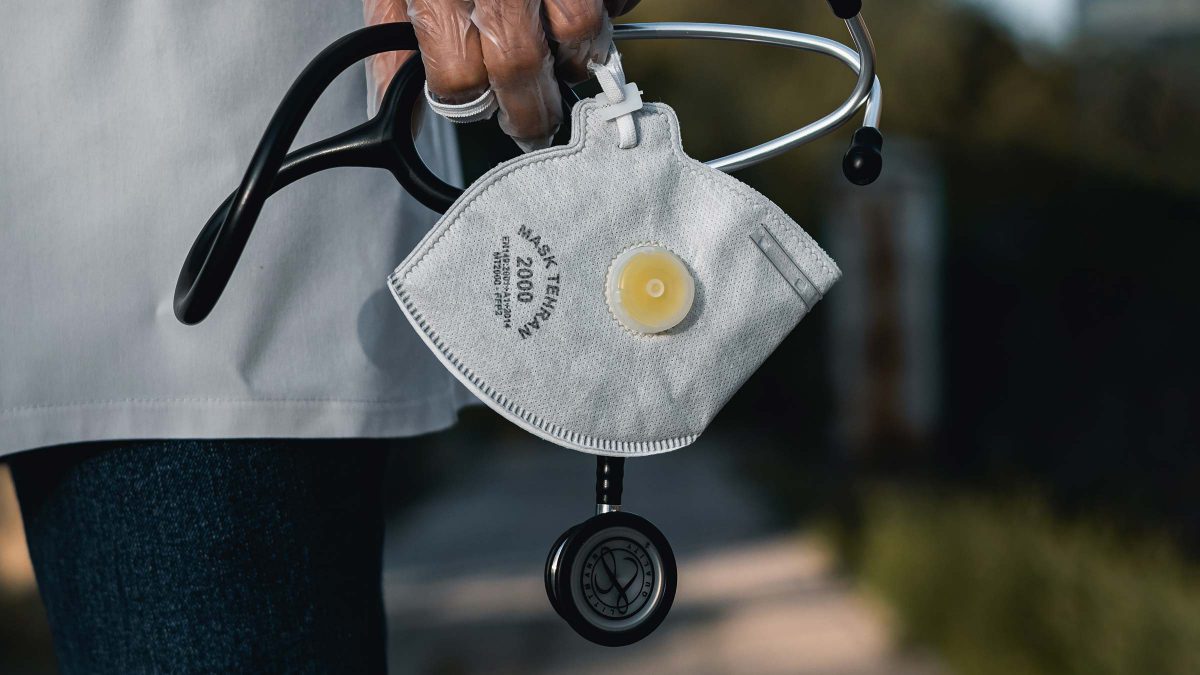Preparing for a Previously Unknown Pathogen
The COVID-19 crisis has created a global shortage of PPE and we understand the importance of bringing our stockpile numbers up. The White House states a Core State Preparedness Responsibility for reopening the United States is the”ability to quickly and independently supply sufficient Personal Protective Equipment and critical medical equipment to handle dramatic surge in need.” This post is the second of a two-part series and covers the best advice available from the CDC when creating PPE stockpiles for previously unknown, or novel, pathogens for which humanity has no inherent immunity.
Unique, or novel pathogens are those that are new to human experience, which means that humans have no inherent ability to fight them off. Often, these types of pathogens are zoonotic, passing into the human population from other animal species 1. Many such diseases have captured headlines in recent memory, including HIV, Ebola, Avian Flu, SARS, and most recently, COVID-19 2 3 4 5. As our recent experience has demonstrated, there is no way to be fully prepared for the unknown, but OSHA and the CDC do have Personal Protective Equipment (PPE) preparedness recommendations for unique blood-borne pathogens that differ from the recommendations set forth for seasonal flu and pandemic flu 6 7.
The CDC’s recommendations are based on careful scrutiny of best practices used during recent Ebola outbreaks 8. The guidelines advise hospitals and other healthcare facilities to consider a tiered approach when planning to stockpile PPE for use in the event of a novel pathogen outbreak. This approach is based on the type of facility and the average length of time said facility might be expected to have an infected individual under care 8. An acute care, or frontline facility, should anticipate an average 12 – 24 hours of care per patient, while an assessment, isolation, and diagnostic care facility may expect an infected or assumed infected individual to expect 4 – 5 days of care per patient. Treatment and recovery facilities can expect the longest commitment to individual care under these guidelines, with a predicted minimum of 7 days per patient 8.
OSHA guidelines advise classifying workplace settings and staff as either low, medium, or high risk, based on potential exposure to those infected or suspected to be infected. This ranking system can help assess the needs of those individuals when stockpiling PPE 9. Those ranked low risk are those with minimal potential exposure, such as administrative or office staff, and require basic PPE, such as gloves and surgical masks, or other equipment as deemed necessary by job function. Employees considered medium risk are those with regular exposure to the public, such as some administrators and healthcare support staff. Medium-risk employees may need additional protections and are likely to burn through stockpiled material more quickly than those considered to be at lower risk. High risk individuals are those working directly with the public, such as doctors, nurses, and emergency responders; those who may be exposed to potentially infectious materials, such as some healthcare support staff and lab workers may also be considered to be at higher risk 9. Additionally, the CDC advocates the use of trained observers to ensure proper donning, doffing, removal, and disposal of PPE 10.
For those considered high risk, the CDC emphasises the use of moisture-resistant gowning commensurate with the condition of the patient and related symptoms 11. The CDC guidelines covering unique pathogens, based on recent Ebola outbreaks, highlight the use of single-use calf-length moisture-resistant gowns and coveralls with thumb loops, or single-use calf-length impermeable gowns and coveralls with thumb loops at all times 11. Face protection is a critical component of PPE for high-risk individuals. The CDC has two primary combination-use recommendations: a full-face shield with single-use face mask, or a PAPR hooded respirator, or a NIOSH N95 mask (or equivalent) [LINK TO CHART], used with a full face shield and disposable hood 11. Two pairs of extended-cuff exam gloves are advised at all times, and single-use surgical shoe covers, or calf-height boot covers, and a surgical apron should be used to complete the suite protective equipment 11. To illustrate the use of PPE per the recommended guidelines, the CDC has published a selection matrix that can also be used to identify the required equipment and facilitate stockpiling efforts; the link to the matrix is here: www.osha.gov/Publications/OSHA3761.pdf
In addition to the foregoing, here a a few other pertinent factors to consider when creating any PPE stockpile:
- Anticipated number of patients and acuity of care
- Necessary staffing, breaks, and length of shifts
- Product rotation system and shelf life
- Participation in local and regional shared stockpile plans
Sources
- (1) www.ncbi.nlm.nih.gov/pmc/articles/PMC6165440/
- (2) www.ncbi.nlm.nih.gov/pmc/articles/PMC3234451/
- (3) www.ncbi.nlm.nih.gov/pmc/articles/PMC6092596/
- (4) www.ncbi.nlm.nih.gov/pmc/articles/PMC2258931/
- (5) www.www.osha.gov/dts/guidance/flu/healthcare.html
- (6) www.cdc.gov/vhf/ebola/healthcare-us/ppe/supplies.html
- (7) www.osha.gov/OshDoc/data_BloodborneFacts/bbfact01.pdf
- (8) www.cdc.gov/vhf/ebola/healthcare-us/ppe/supplies.html
- (9) www.osha.gov/Publications/OSHAFS-3747.pdf
- (10) www.cdc.gov/vhf/ebola/hcp/ppe-training/trained-observer/observer_01.html
- (11) www.cdc.gov/vhf/ebola/healthcare-us/ppe/guidance.html

